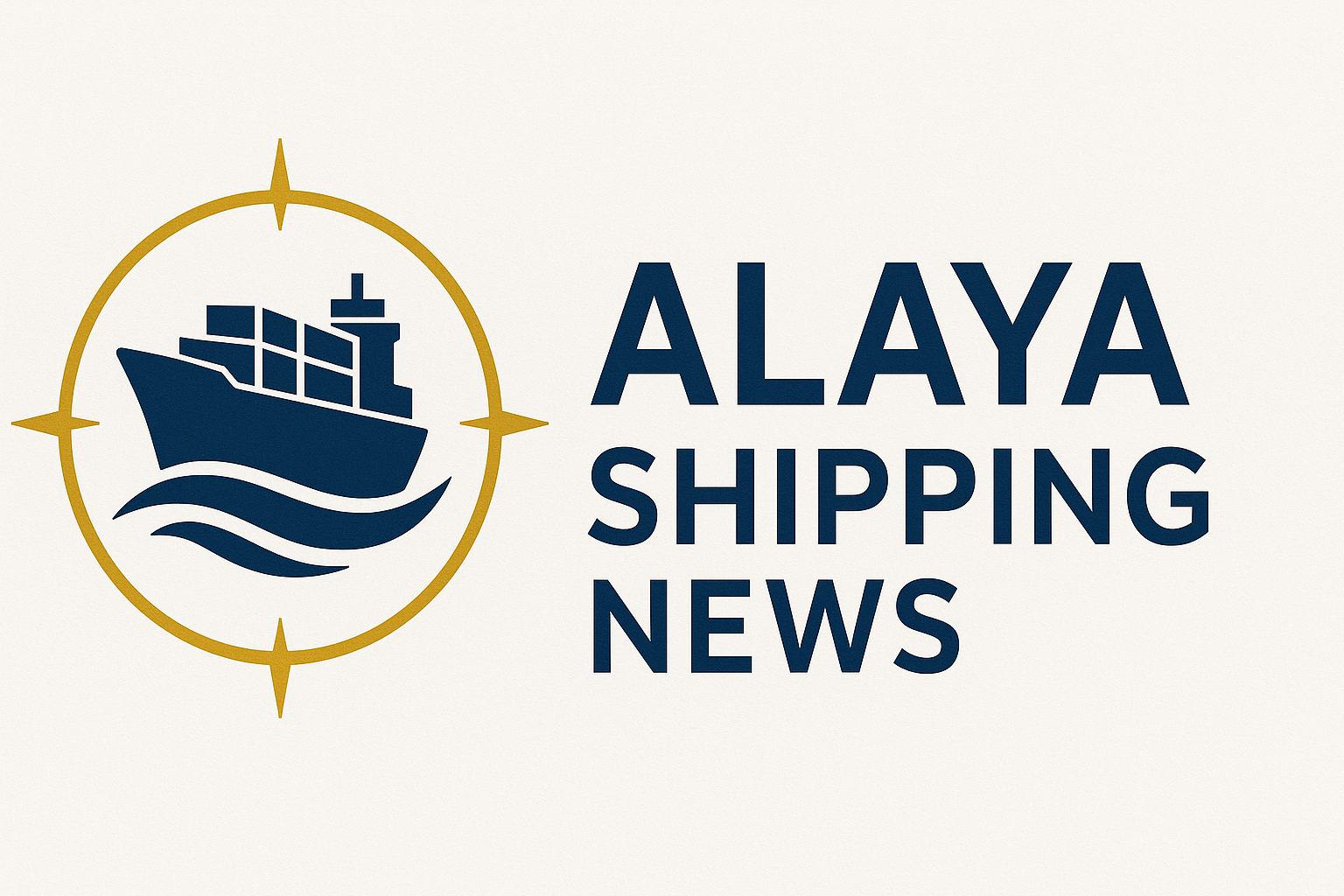
Baltic Index Rebounds: A Comprehensive Look at the Market Dynamics
The Baltic Dry Index (BDI), a crucial indicator of global shipping costs for dry bulk commodities, has recently experienced a notable rebound. This resurgence, marked by gains across all vessel sizes, reflects a complex interplay of market forces that are reshaping the maritime industry. Understanding these dynamics is essential for stakeholders navigating the volatile waters of global trade.
Rates on the Rise: A Closer Look at Vessel Size Gains
The recent uptick in the Baltic Dry Index is primarily driven by gains across all vessel sizes, including Capesize, Panamax, and Supramax vessels. According to Hellenic Shipping News, this broad-based increase is indicative of a strengthening demand for shipping capacity. Capesize vessels, which are typically used for transporting iron ore and coal, have seen significant rate improvements. This is largely due to increased demand from major economies like China, which is ramping up its industrial production and infrastructure projects.
Panamax and Supramax vessels, which are more versatile and can navigate through the Panama Canal, have also benefited from rising demand. These vessel types are crucial for transporting grains and other bulk commodities, and their rate increases suggest a robust global appetite for agricultural products. The synchronized gains across these vessel categories underscore a recovering global economy, with shipping rates reflecting increased commodity flows.
Fleet Moves: Adjustments and Expansions
In response to the rising demand and improving rates, shipping companies are making strategic fleet adjustments. According to industry reports, there is a noticeable trend of fleet expansion and modernization. Shipping firms are investing in new vessels and retrofitting existing ones to enhance efficiency and meet environmental regulations. This fleet expansion is not only a response to current market conditions but also a preparation for future demand surges.
Moreover, the shift towards more fuel-efficient and environmentally friendly vessels is gaining momentum. As highlighted by Hellenic Shipping News, the maritime industry is transitioning from pilot projects to full-scale adoption of cleaner fuels and technologies. This move is driven by both regulatory pressures and the economic benefits of operating more efficient vessels. As companies navigate this transition, they are positioning themselves to capitalize on the dual benefits of cost savings and compliance with emerging environmental standards.
Geopolitical and Regulatory Influences
Geopolitical factors and regulatory changes are playing a significant role in shaping the current maritime landscape. The ongoing trade tensions and shifting alliances have created both challenges and opportunities for the shipping industry. For instance, changes in trade policies can lead to shifts in shipping routes and demand patterns, affecting freight rates and vessel utilization.
Regulatory developments, particularly those related to environmental standards, are also influencing fleet operations and investments. The International Maritime Organization (IMO) has set ambitious targets for reducing greenhouse gas emissions, prompting shipping companies to adopt cleaner technologies. This regulatory push is accelerating the transition towards more sustainable shipping practices, impacting fleet composition and operational strategies.
Supply Chain Dynamics: Resilience and Adaptation
The global supply chain, still recovering from the disruptions caused by the COVID-19 pandemic, is another critical factor influencing the Baltic Dry Index. The pandemic exposed vulnerabilities in supply chains, leading to a reevaluation of logistics strategies. Shipping companies are now focusing on building more resilient and adaptable supply chains to withstand future shocks.
According to industry insights, there is a growing emphasis on diversifying supply sources and optimizing logistics networks. This strategic shift is driving demand for shipping services, as companies seek to ensure continuity and reliability in their supply chains. The rebound in the Baltic Dry Index reflects this increased demand for shipping capacity, as businesses adjust to the new normal of global trade.
Conclusion: Navigating Future Scenarios
The current rebound in the Baltic Dry Index presents a mixed outlook for the maritime industry. In a base scenario, the index is likely to stabilize as global trade continues to recover and demand for commodities remains strong. However, potential disruptions, such as geopolitical tensions or regulatory changes, could impact this trajectory.
In a bullish scenario, sustained economic growth and successful adaptation to environmental regulations could drive further gains in shipping rates and fleet expansions. Conversely, a bearish scenario could emerge if trade tensions escalate or if the global economy faces significant setbacks, leading to reduced demand for shipping services.
Analysts suggest that while the current market conditions are favorable, shipping companies must remain vigilant and adaptable. The ability to navigate regulatory changes, geopolitical shifts, and supply chain challenges will be crucial for sustaining growth and profitability in the maritime industry. As the Baltic Dry Index continues to reflect the complex dynamics of global trade, stakeholders must be prepared to adjust their strategies in response to evolving market conditions.
Sources (selection):
